Everything you need to know about having a new carpet fitted
Choose the perfect carpet for any room with our step-by-step guide to fabulous flooring
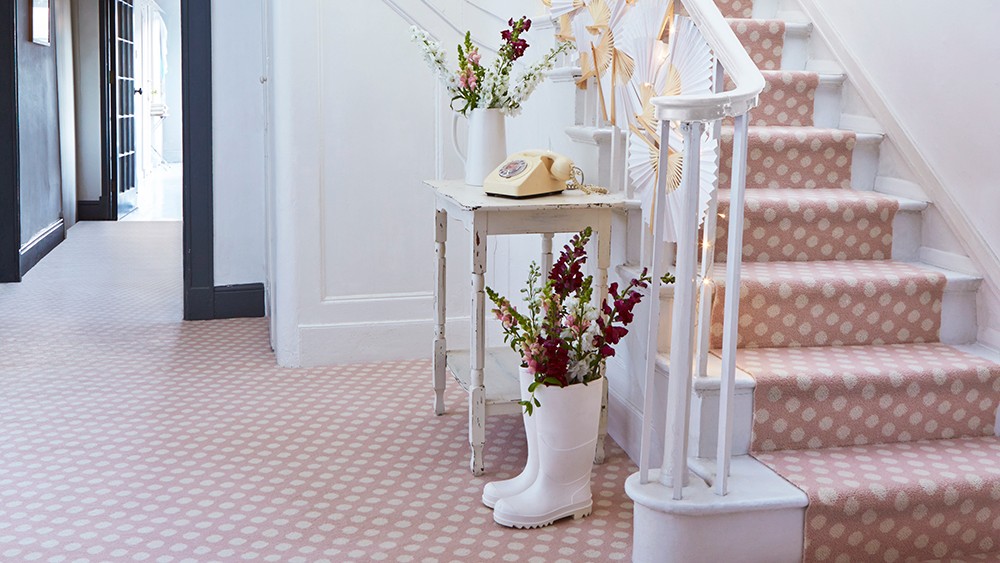
In Partnership with Brintons Carpets
Forget hardwood flooring and flagstone tiles, there's nothing better than sinking your toes into a squishy, warm carpet when you get home from work and it's cold outside. The right carpet can do wonders to a room, and there is such a variety of patterns, textures and colours to choose from today – gone are the days of garish swirly carpets in 50 shades of beige.
Carpets are a large and (often) expensive part of a home, so you don't want to get it wrong. When fitting a carpet, there is so much to consider. From size and budget, to colour and texture, it can be one of the most complex things to get right in the home. But it doesn’t have to be. We’ve teamed up with carpet experts, Brintons, to bring you advice on exactly what fitting a new carpet entails. Here are 10 things to consider for a stress-free carpet fitting.
1. Measure the room
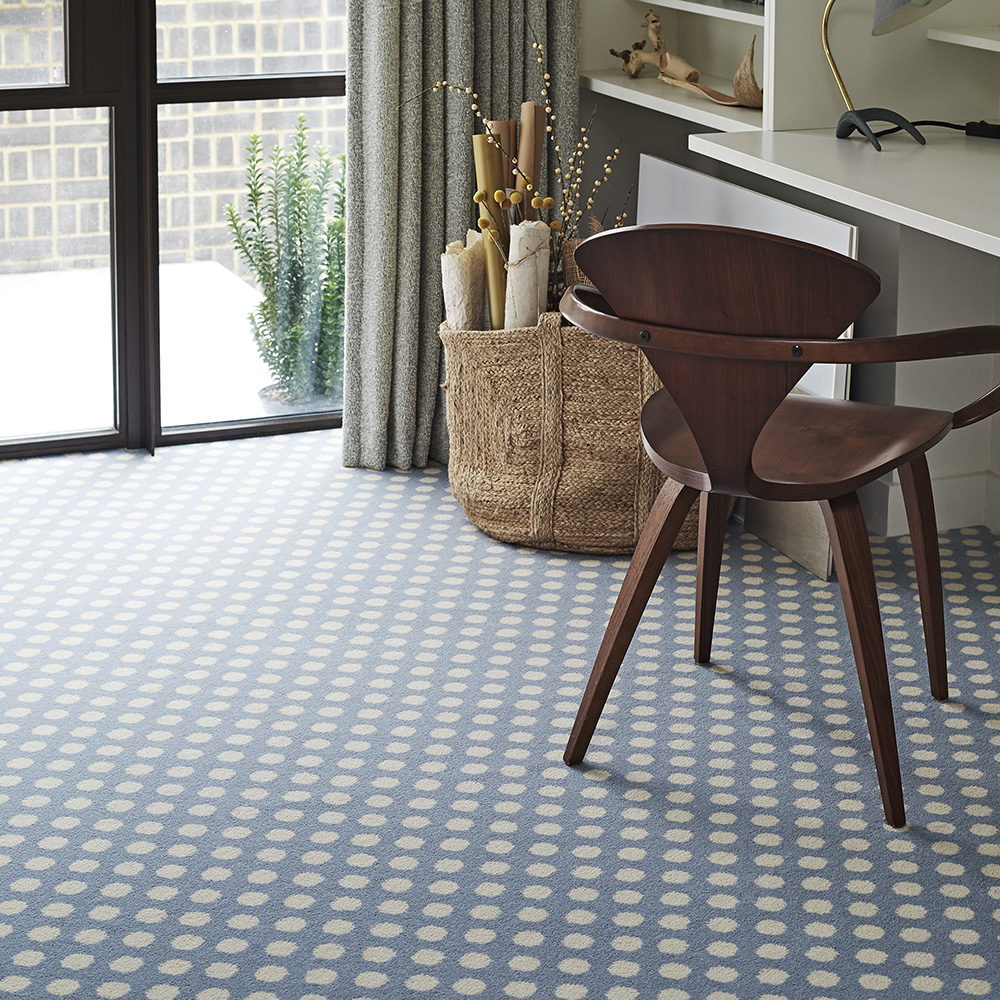
This step is essential for planning your budget and getting the best quality carpet you can afford. Brintons suggests measuring the width and the length of the room at the widest points. Then multiply the two measurements for an idea of the total square metres required. You will then be able to work out the approximate price of your carpet by multiplying this number by the square meter price of your chosen carpet.
2. Make the right choice
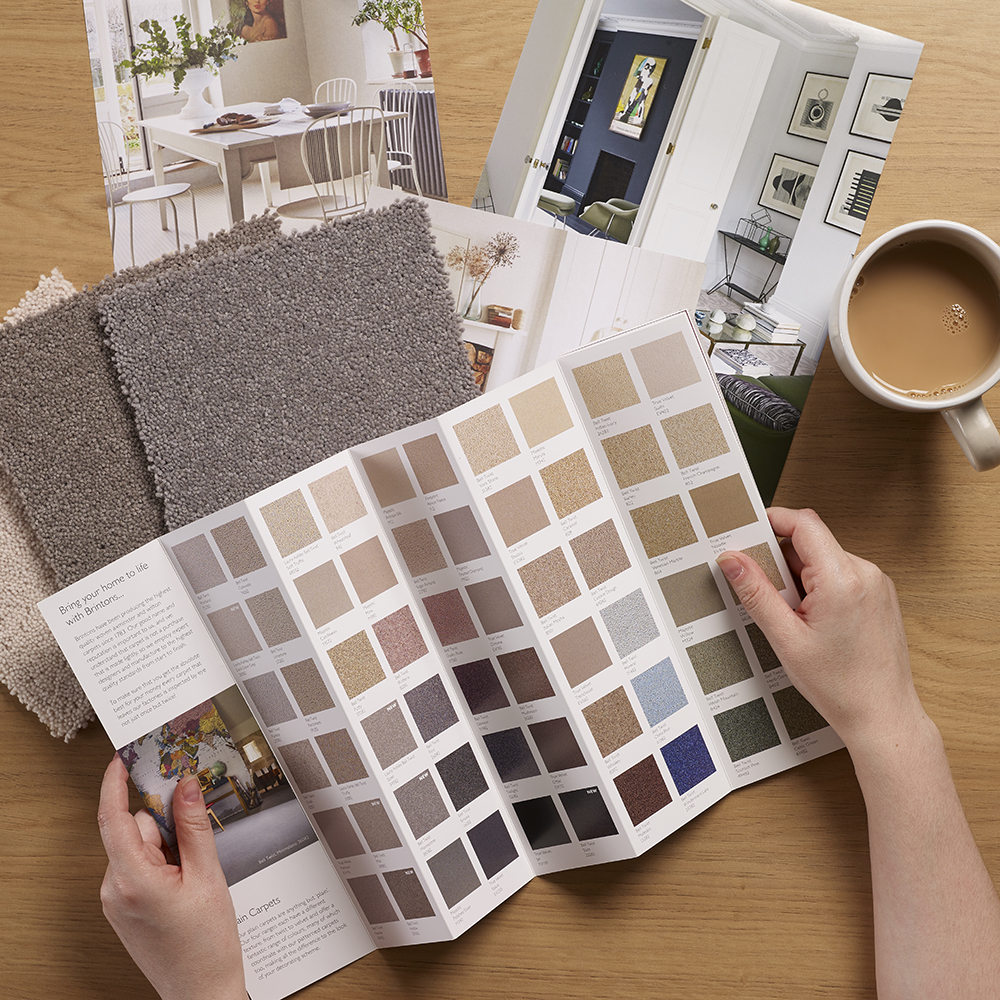
As Brintons says: ‘This is where the fun begins…’ Do you want a carpet that’s firm and coarse, or one that you can sink your feet into? This may depend on which area you are carpeting. For example, high traffic areas, such as staircases, will need a hardwearing fibre, whereas bedrooms and living rooms can afford to have a softer material. An 80:20 wool, to nylon blend, meanwhile, will provide a good balance of softness and durability. Some carpets will last longer than others too, so it may be worth splashing the cash for a better quality material, which will save you money in the long run.
3. Make a plan for disposing of your old carpet
It’s best to decide how you’ll dispose of the old carpet beforehand, as this may cost money. Some retailers may do this for you on the delivery of your new carpet, but make sure you look into their recycling policy. Some local councils have carpet removal services, but this isn’t the norm. If your carpet is in reasonable condition, you might be able to donate it to a furniture charity shop or give it away on a site like Freecycle.org. Ask local allotment holders if they would find it useful – it’s a great material for insulating compost heaps. Some animal shelters also take carpet donations, using it as mats for kennels.
4. Clear the room
Remove all furniture from the room – you’ll need access to the entire floor. Then, vacuum the old carpet to get rid of any excess dust before you pull it up. You might want to wear a dust mask if the carpet is old or damp.
5. Remove your old carpet
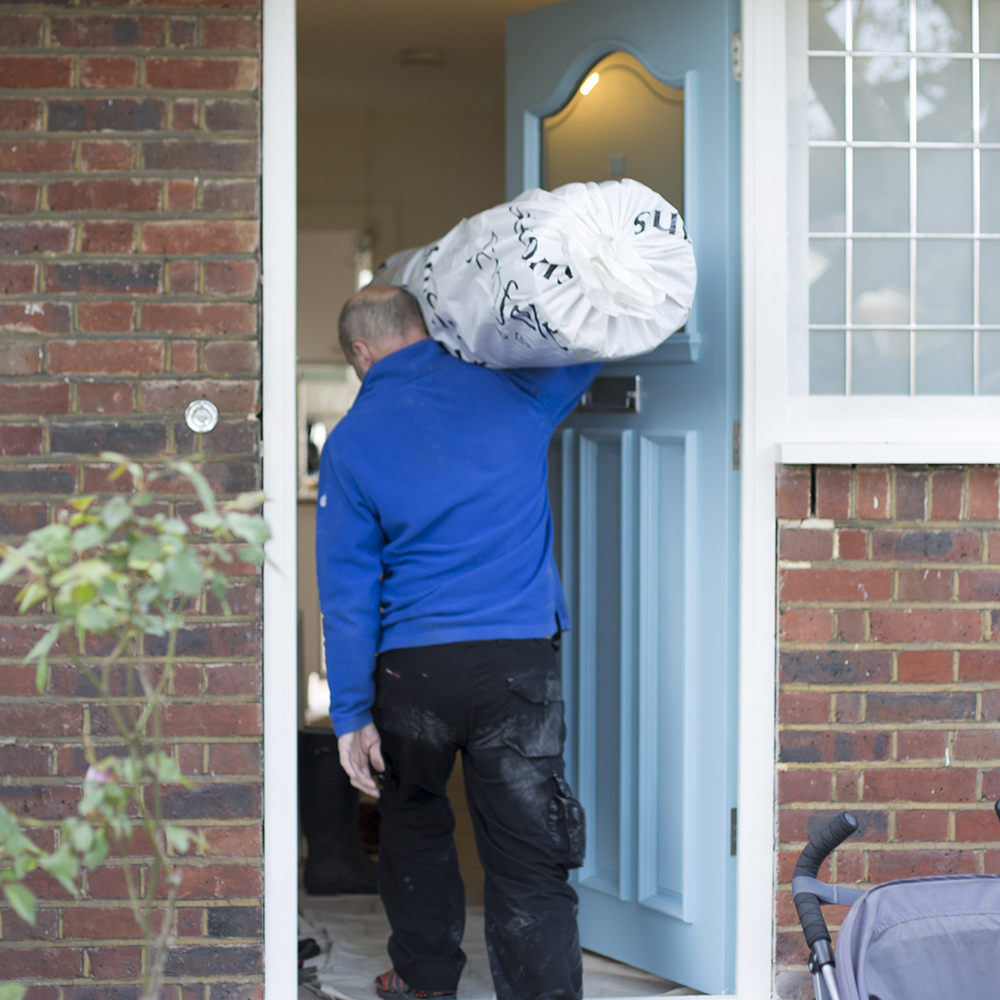
It’s out with the old and in with the new. Start in one corner, pulling up the carpet with pliers. Use a utility or carpet knife to slice the carpet into manageable strips and roll it up as you go along. Heavy-duty gloves are a good idea to avoid cutting your hands.
Get the Ideal Home Newsletter
Sign up to our newsletter for style and decor inspiration, house makeovers, project advice and more.
But while you'll certainly save money by doing it yourself, you could save yourself the hassle and get someone to do it for you...
6. Remove the underlay
Don’t cut corners and try to save money by keeping your old underlay. It’s unlikely it will have much life left in it and a good underlay will prolong the life of your carpet. Underlay is either glued or stapled around the perimeter of the floor. If it’s glued, an adhesive remover and scraper should be your weapons of choice. For staples, pliers and a flat-bladed screwdriver will do the trick. Then, as with the carpet, cut the underlay into sections and pull it up from the edges.
7. Air the room
Ventilation is key. With excess dust and fibres around, fling open the windows for as long as you can during the process.
8. Take advantage of the bare floor
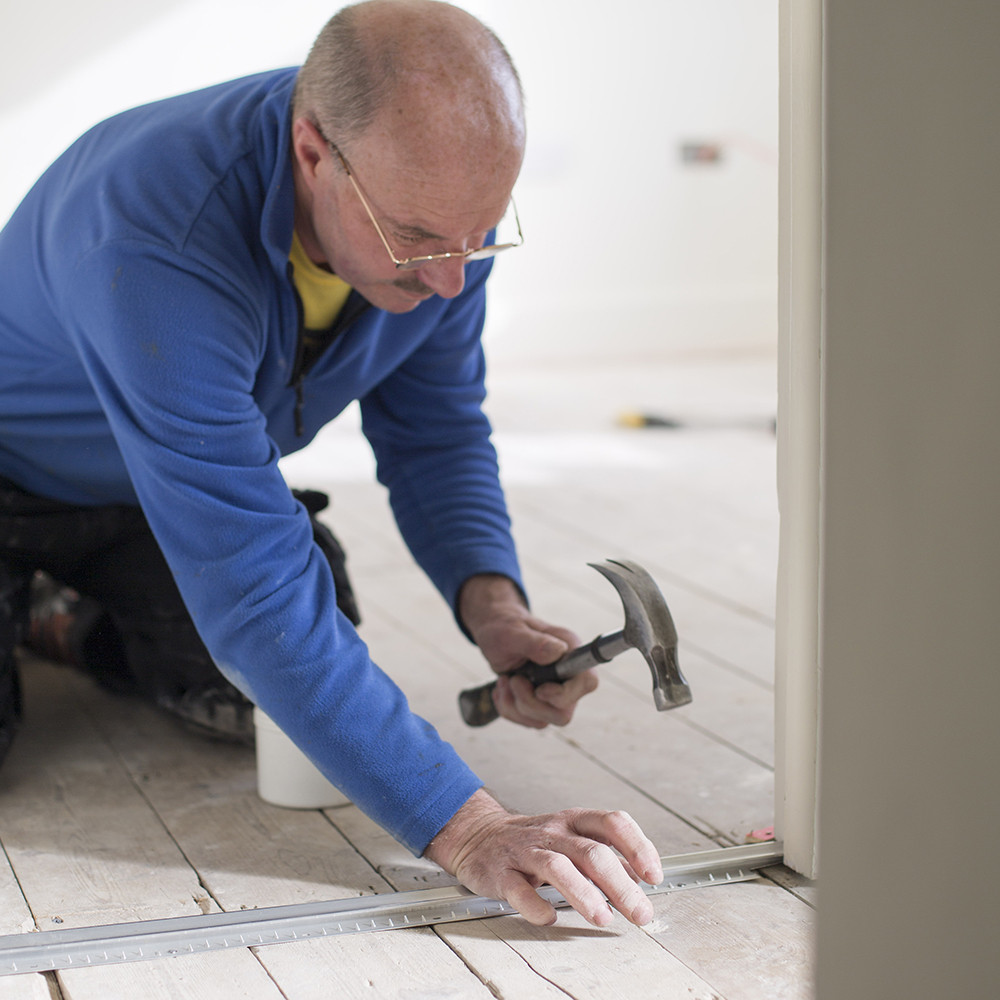
If your floor is damaged or uneven, now’s your time to repair it. Also, make sure you vacuum at this stage, to remove any debris left behind from the old carpet.
9. Fitting your new carpet
For the best result, it’s recommended that you get your new carpet fitted professionally. Most shops will offer a fitting service. Keep an eye out for any rucks after the fitting, as this means it hasn’t been laid properly.
10. Vacuum your new carpet
Don’t be afraid to vacuum your carpet as soon as it’s been laid. It’s won’t harm it, and removes any short fibres that might otherwise stick to your feet or socks and get walked through the house. Do it at regular intervals as more fibres rise to the surface – you really cannot over-vacuum a wool-rich carpet.
-
 Typhur Dome 2 air fryer review – a glimpse into the future of air frying
Typhur Dome 2 air fryer review – a glimpse into the future of air fryingThe Typhur Dome 2 cooks food brilliantly and has all sorts of benefits, but is it worth the £499 price tag?
By Ellen Manning
-
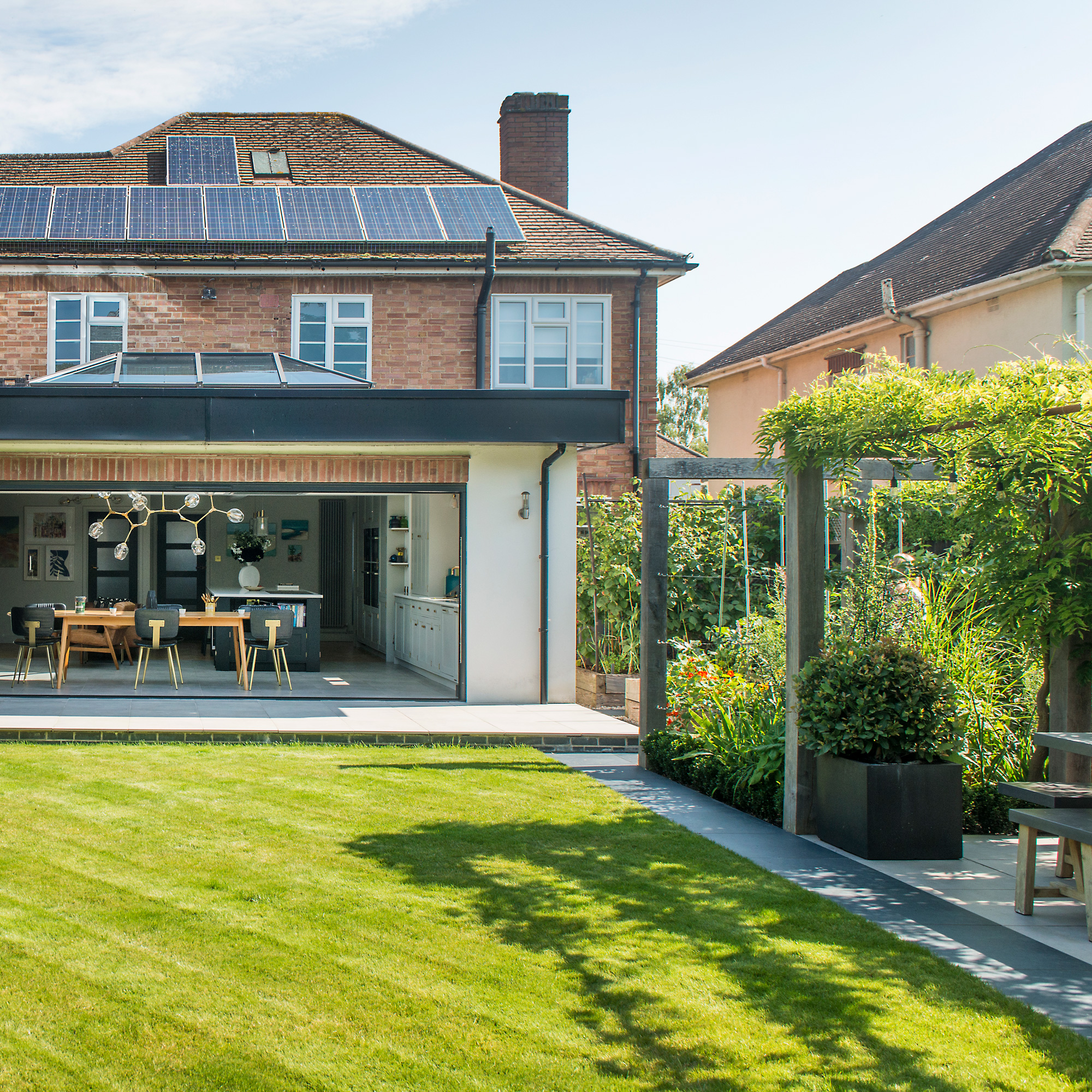 In creating their lush multi-use garden, the owners have cleverly futureproofed the space for years to come
In creating their lush multi-use garden, the owners have cleverly futureproofed the space for years to comeWith a zone for dining, a veg plot, a relaxing sun trap, and space for quiet contemplation
By Ginevra Benedetti
-
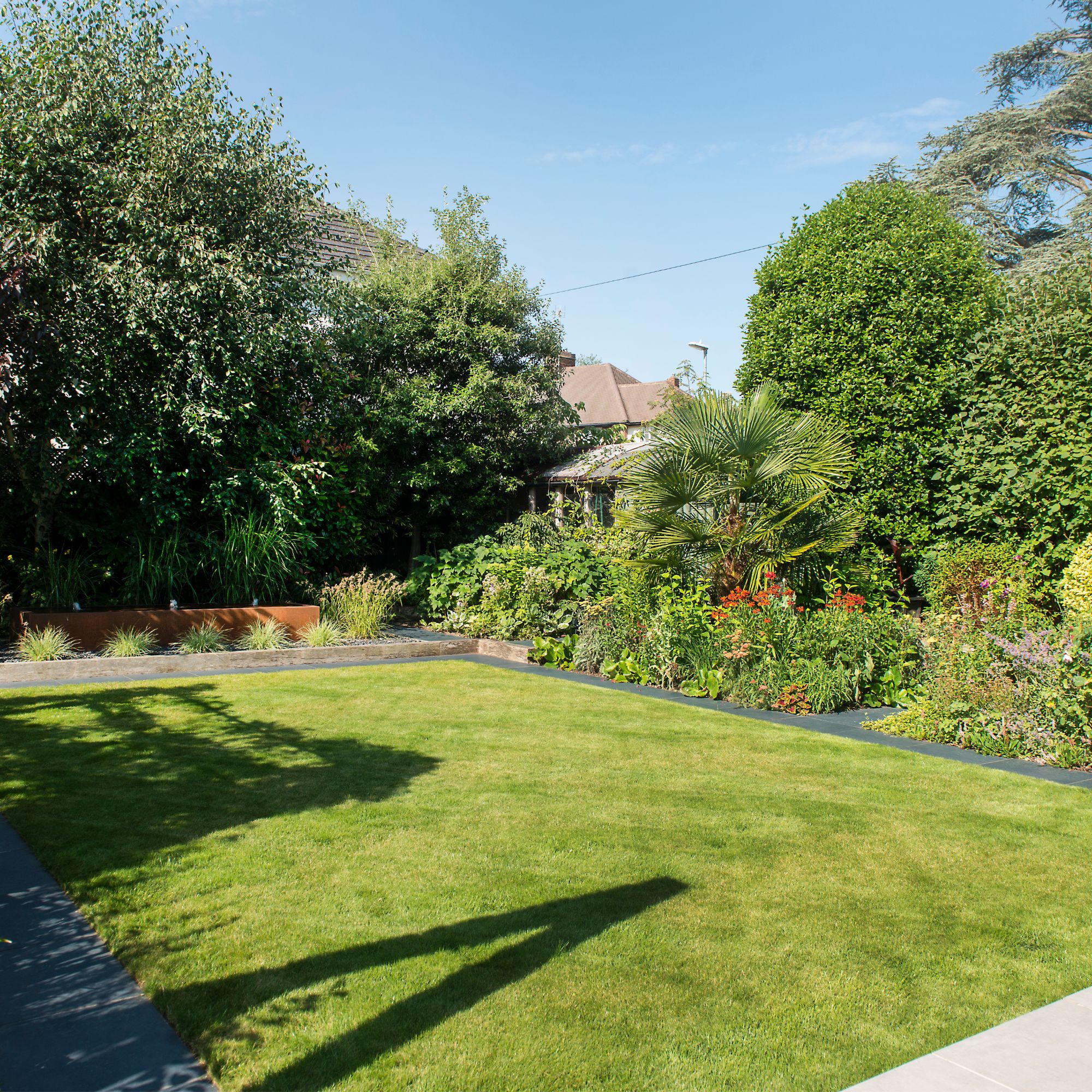 5 reasons why your grass seed isn’t growing and what you can do to help, according to garden experts
5 reasons why your grass seed isn’t growing and what you can do to help, according to garden expertsFor a lush, green lawn, you have to ensure the conditions are just right
By Kezia Reynolds